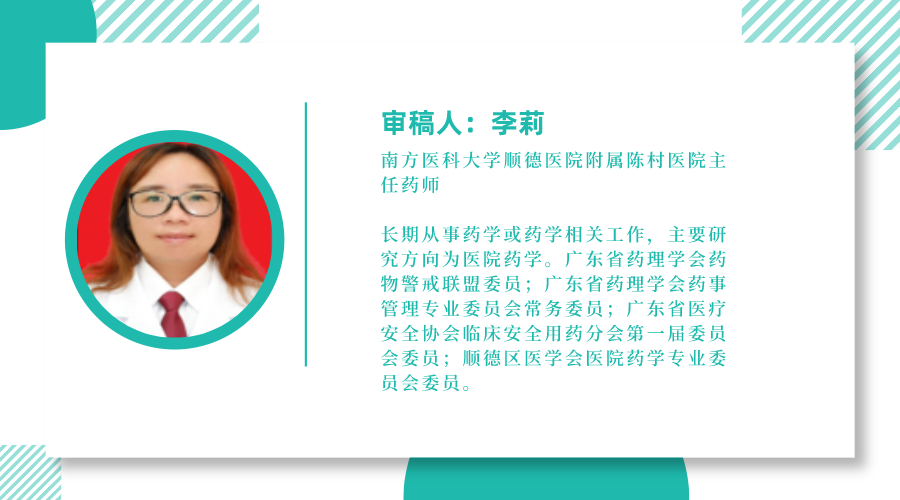
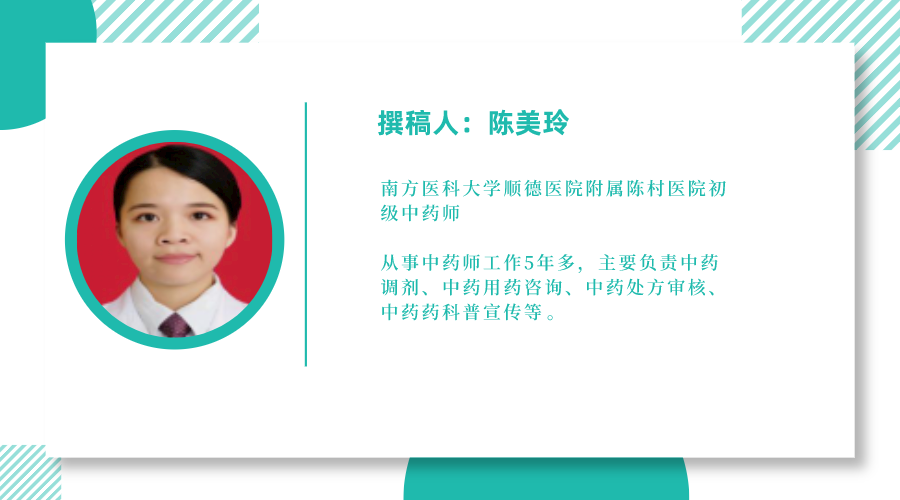
Job’s Tears (Yi Yi Ren) is an excellent herb for dispelling dampness. It is especially sought after during the rainy and humid seasons.
However, do you really understand Job’s Tears? Are you consuming it correctly?

Getting to Know Job’s Tears
Job’s Tears is the dried mature seed of the plant Coix lacryma-jobi, also known as “Yi Yi Ren, Yi Ren, or Zhu Zhu Mi.” It is revered as the “king of cereal plants” and was first recorded in the Shen Nong Ben Cao Jing, where it is classified as a superior medicinal herb.
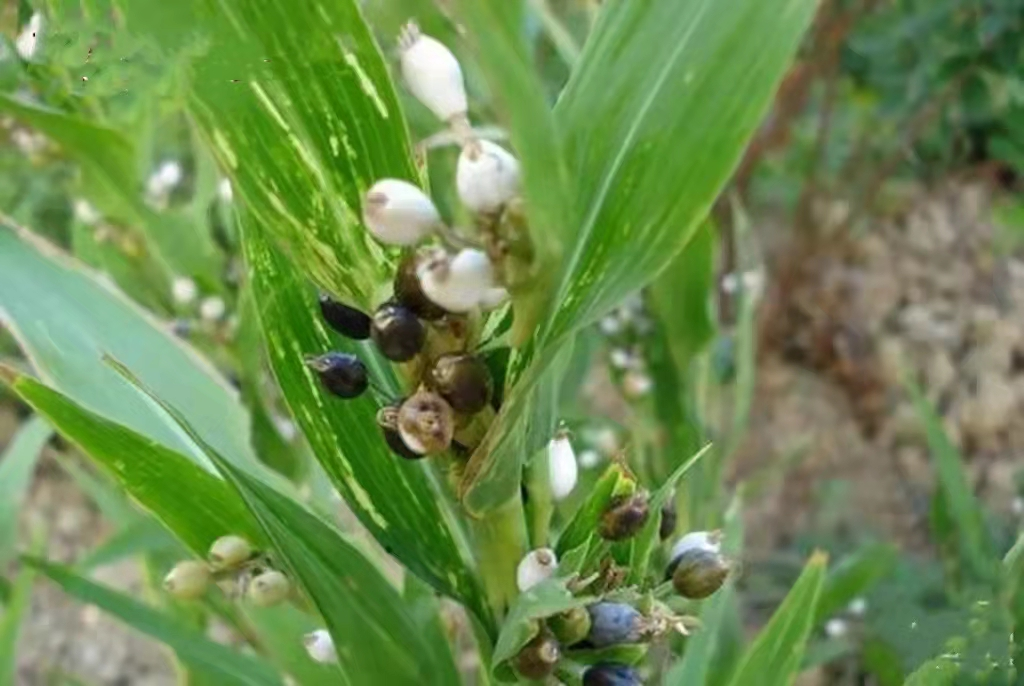
What Does Job’s Tears Look Like?
-
The seeds are broad oval or elongated oval in shape, measuring 4-8 mm in length and 3-6 mm in width.
-
The surface is milky white and smooth, occasionally with remnants of yellow-brown seed coats.
-
One end is blunt and rounded, while the other end is wider and slightly concave, with a light brown dot-like hilum.
-
The back is rounded and convex, while the belly has a wide and deep longitudinal groove.
-
The texture is firm, with a white powdery cross-section.
-
It has a faint aroma and a slightly sweet taste.
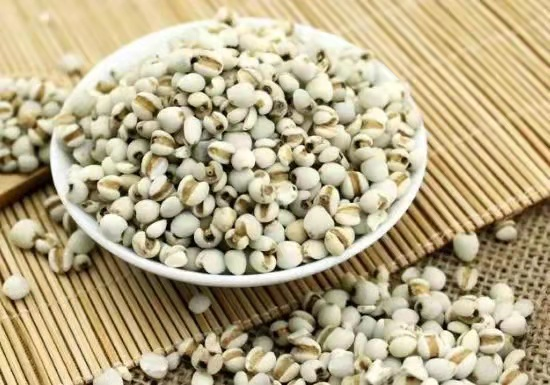
Benefits of Job’s Tears
The small body of Job’s Tears contains great energy.
According to the Shen Nong Ben Cao Jing, it is effective for treating muscle spasms, rheumatism, and other conditions. It promotes diuresis, strengthens the spleen, alleviates diarrhea, dispels dampness, drains pus, detoxifies, and resolves masses. It is used for edema, beriberi, urinary difficulties, spleen deficiency diarrhea, dampness-related muscle spasms, lung abscess, intestinal abscess, warts, tumors, leukorrhea, and flat warts. Modern studies have shown that it also has anti-tumor, antipyretic, analgesic, anti-inflammatory, blood sugar-lowering, lipid-lowering, immune-boosting, ovulation-promoting, and antioxidant effects.

Job’s Tears in Cuisine
Job’s Tears can be cooked in rice, made into porridge, or used in soups. It can also be stewed with chicken, pork ribs, or pig trotters, and can be used in desserts. Here are two recommended recipes.
1) Job’s Tears, Red Bean, and Hawthorn Porridge
Ingredients: 100g Job’s Tears, 50g red beans, 30g hawthorn.
Benefits: Strengthens the spleen, dispels dampness, aids digestion, promotes metabolism, lowers blood lipids, and helps with weight loss.
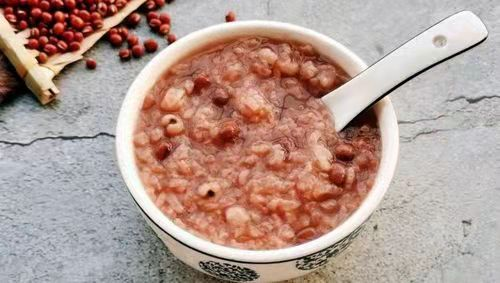
2) Job’s Tears and Yam Porridge
Ingredients: 50g Job’s Tears, 50g yam, and an appropriate amount of glutinous rice.
Benefits: Strengthens the spleen and qi, harmonizes the stomach, and moistens the intestines. It is used to treat spleen deficiency diarrhea and loss of appetite.
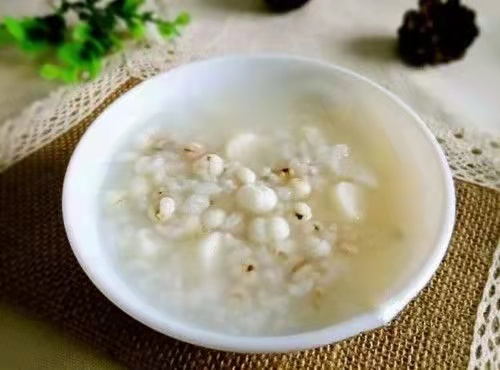
Precautions
-
People with spleen deficiency without dampness, constipation, and pregnant women should use caution. Job’s Tears can stimulate the smooth muscle of the uterus, potentially inducing contractions and leading to miscarriage, so pregnant women, especially in early pregnancy, should avoid consuming Job’s Tears.
-
For strengthening the spleen and stomach, it is best to use roasted Job’s Tears; for diuresis, detoxification, and dispelling dampness, it is best to use raw Job’s Tears.
-
This herb is mild and can be taken frequently over a long period.

References:
[1] National Pharmacopoeia Commission. Pharmacopoeia of the People’s Republic of China [S]. Part 1. Beijing: China Medical Science Press, 2020:393.
[2] Nanjing University of Chinese Medicine. Dictionary of Chinese Medicine [M]. Shanghai: Shanghai Scientific and Technical Publishers, 2014:3231-3234.
[3] Huang Zhaosheng. Chinese Herbal Medicine [M]. Beijing: People’s Health Publishing House, 2003:200.
[4] Gong Qianfeng. Study on the Processing of Chinese Medicinal Materials [M]. Beijing: China Traditional Chinese Medicine Press, 2004:114.
[5] Chen Qihua. Clever Use of Job’s Tears for Minor Ailments [J]. Happy Health, 2018, (2):44-45.
[6] Zhang Jieqiong. The Magical Effects of Job’s Tears [J]. Agricultural Products Market Weekly, 2015, (39):44-45.
[7] Zhai Jiangwei. Discussing Job’s Tears as Both Food and Medicine [J]. Happy Health, 2018, (8):97-98.
[8] Guo Shanshan, Cao Bilian. Pharmacological Effects of Job’s Tears and Its Application in Skin Diseases [J]. Journal of Clinical Medicine Literature, 2015, 2(15):3145-3146.
Author: Chen Meiling, Affiliated Chen Village Hospital, Shunde Hospital, Southern Medical University
Reviewer: Li Li, Affiliated Chen Village Hospital, Shunde Hospital, Southern Medical University
Editor: Zhou Lina
Chief Editor: Chen Guangtai
Submission Guidelines:
We welcome pharmacy personnel from medical institutions to submit articles in their personal or collective (hospital, department) names.
Submission Method: Send manuscripts to email [email protected];
Contact: Li Jia 137-1103-0785
Please ensure to include:
Author or organization name + contact person and contact information,
for timely communication.
You might also like
[Reminder] Rain, rain, rain, rain, rain, rain, the whole province of Guangdong is experiencing rain! The good news is that the second half of the holiday will be…
[Focus] Guangzhou has added 25+14, all in the same transmission chain! These individuals have been assigned red or yellow codes →
[Attention] Guangzhou has added 12+8, leaving the city requires a 48-hour negative nucleic acid test! How to seek medical care during the May Day holiday? The National Health Commission has spoken →
↙ Please click “Read the original text” to enter the Guangdong Provincial Health CommissionCOVID-19 Prevention and Control Column!

